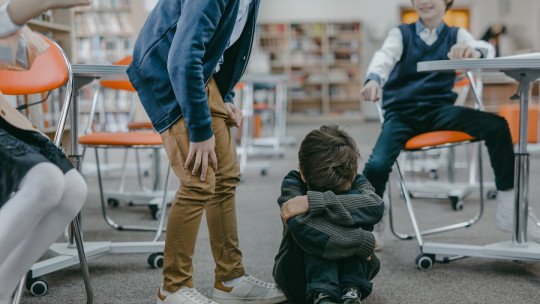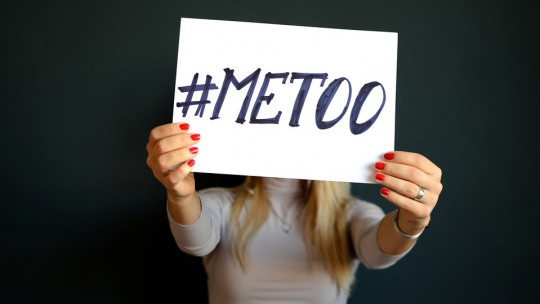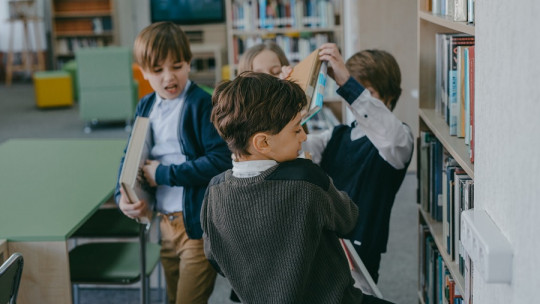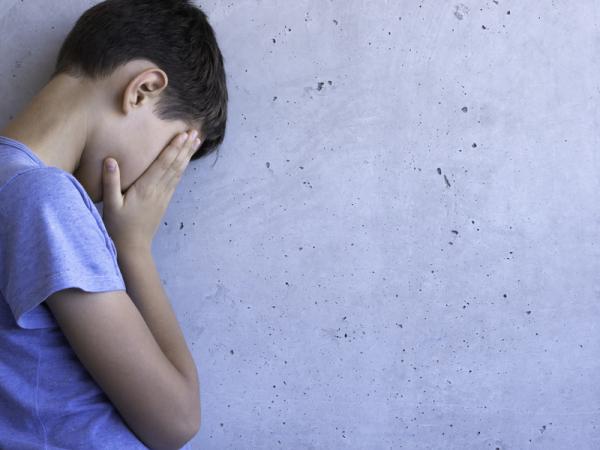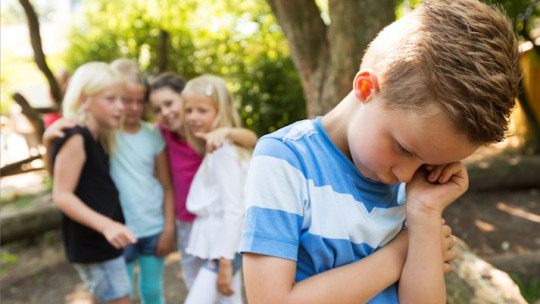
Bullying or harassment at school is a reality that, although it is neither new nor recent, has traditionally received little attention until relatively few years ago. It is a phenomenon that causes great suffering and severe repercussions for those who suffer from it, both in the short and long term
That is why it is necessary to develop and generate mechanisms that allow it to be prevented, detected and eliminated from our classrooms. In this article we are going to propose twelve solutions or strategies against bullying that could be applied at school.
Bullying or bullying
Bullying or bullying is considered any act or situation in which one or more subjects carry out different types of actions with the purpose of dominating and causing pain or suffering to another or other subjects, establishing a relationship of dominance or superiority between attacked and aggressor and carrying out said acts voluntarily and persistently over time.
The type of acts carried out can vary enormously, and can be both direct and indirect: physical attacks, insults, humiliation, humiliation, robbery, identity theft, recording and publication of any element that constitutes humiliation of the affected person, creation of networks to ridicule him or even induction into crime or suicide. Currently, all these types of actions are punishable by law, and the aggressor or those legally responsible for him may face different types of punishment.
The consequences for the victims of this case can be, as we have said previously, devastating. Adaptive problems generally occur, such as an increased level of anxiety, perception of inefficiency or helplessness, less concentration, loss of interest, decreased self-esteem and social participation. Also insecurity, sudden school failure (which in itself is a possible indicator), depressive disorders, lower perception of social support and difficulties relating to and trusting others.
In some cases suicide attempts may occur. It may also happen that they learn the behavior that they have had with them and later replicate it with other people.
That is why stopping this type of phenomenon is essential, since they generate suffering and restrict the development of the child or adolescent in question.
13 strategies to solve bullying
Preventing and solving situations of bullying is not a simple task: it requires a systematic study of the different cases and the mechanisms through which it occurs to subsequently develop strategies that allow bullying to not appear or eliminate it in cases where it exists.. It is necessary to work in depth and constantly on different aspects
Below we reflect thirteen useful solutions and strategies to fight the scourge of bullying.
1. Raise awareness, raise awareness and provide tools to the school institution and the teaching staff
It is necessary to raise awareness among the educational institutions and teachers themselves, who in many cases lack sufficient knowledge about bullying to be able to detect it. Furthermore, although fortunately it happens less and less, in some cases bullying situations are actively ignored, allowing them to occur without having repercussions (with phrases like “they are children’s things”).
Holding training meetings for the center’s professionals, teaching them to detect cases and signs of abuse and the importance of acting against it and developing or following protocols in this regard is essential.
2. Involve the class group
The class group is the context where acts of aggression usually occur, there are a large number of witnesses to the act who witness or even participate in the attack. In fact, the aggressor often repeats the harassment since it gives him acceptance or attention from the rest of his peers. This is why it is extremely important to work with the entire class group to prevent bullying, ensuring that the reaction to bullying is negative and that violent and intolerant attitudes do not flourish.
3. Don’t make bullying a taboo
Bullying is often seen as an unpleasant phenomenon that is not usually talked about openly and that it tends to be hidden, which may mean that the students themselves do not know how to recognize it. To combat this silence, it is necessary to talk openly about what bullying entails, organizing classes where we talk about it, its consequences, both in the short and long term, and consider possible measures to avoid it.
4. Emotional education and education in values
One of the most direct ways to prevent acts of bullying is through the application of tutorial action plans in which elements focused on the emotional education and values of the students have a place. Working on values such as tolerance or respect is essential, as is teaching how to manage and express one’s own emotions (which in turn facilitates the acquisition of empathy). An example of an activity that can favor this is through the theatrical representation of different situations, the viewing of films that deal with the subject in all its rawness or the discussion around important moments or topics for each minor.
5. Carrying out cooperative activities
To awaken empathy in the group and prevent bullying from flourishing, it is very useful to carry out group activities in which the entire class has to work together, establishing relationships between them to achieve a common goal. Carrying out group games or projects in which all the members of the group have to coordinate is a good example of this.
6. Avoid mediation between the harassed and the harasser
The idea of mediation is a very useful and very positive practice to deal with conflicts between two parties considered equal to each other. However, it is contraindicated in cases of bullying, since in this situation there is an unequal relationship between the victim and the aggressor that will not allow the practice to function correctly.
7. Work with the attacked party
The attacked subject must be cared for in such a way that he does not feel abandoned but rather supported and accompanied, making him see that things are being done to solve his situation. It is essential that you express your emotions, feelings, thoughts and doubts without questioning them, using methods such as the empty chair or role-playing games.
8. Families: communication and participation
Students’ families also have an important role in helping to detect and treat cases of bullying The existence of fluid communication between the communicative and family institution is essential, so that both nuclei have information regarding the situation of the minor. Likewise, advising families and teaching them different educational guidelines that can improve the situation of the minor (whether the victim or the aggressor) is of great importance. It may also be necessary to resort to criminal proceedings to resolve the case.
9. Take into account the aggressor
One of the most common mistakes made during interventions in cases of bullying is focusing only on the victimized party. Although this is the element that must receive the most attention once harassment is established, It is also necessary to work with the aggressor if we want to solve the case of bullying and stop the attacks It is necessary to make him see the possible consequences of her actions (for example, making him understand how the victim must feel) and try to awaken empathy and commitment in him.
10. Creation of anonymous reporting methods
Many minors often do not dare or do not want to report cases that they have seen or experienced for fear of possible retaliation or because they do not want it to be known that they were the ones who reported it. It is necessary to make it clear to minors that those who report bullying are not snitches, but rather they are collaborating so that one or more people stop suffering its effects. In any case, it is very useful to create anonymous reporting methods so that anyone can report a case without being identified. An example is a virtual anonymous reporting mailbox.
11. Establish evaluation and intervention protocols and procedures and include them in the teaching plan
Although today most centers already do it, It is essential that there be clear and concise protocols that explain what procedures must be carried out in cases of harassment The use of assessment tests and surveys such as the CESC (Conduct and Social Experiences in Class) is also recommended.
12. Psychological therapy
The use of psychological therapy can be essential to overcome the consequences of bullying, especially with regard to the victim. Through this means, various techniques can be carried out that will help increase the self-esteem of the affected person, teach them social skills and mechanisms to deal with conflicts, help them express themselves and contribute to the disappearance or reduction of apathy, anxiety, feelings of helplessness and hopelessness or possible depressive or personality disorders derived from bullying.
13. Follow up
Even if a case seems solved, It is necessary to carry out continuous monitoring over time in order to verify that the harassment has completely ceased and is not repeated again, as well as possible consequences of harassment in the medium and long term. Establishing regular meetings with the victim and the aggressor (separately) for at least three months after the harassment stops and maintaining communication with the families is essential.


